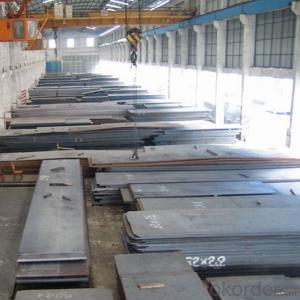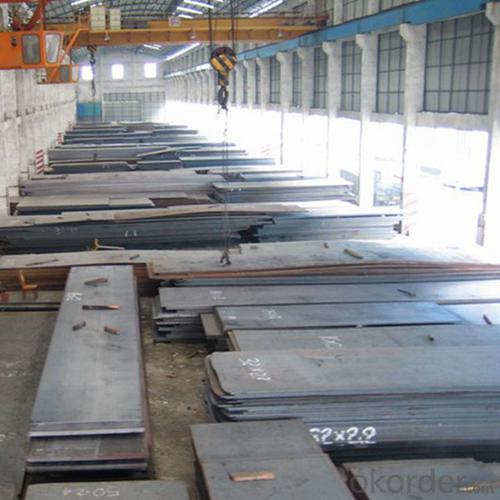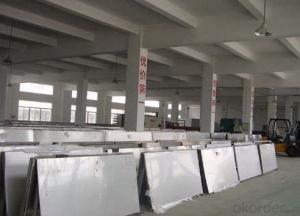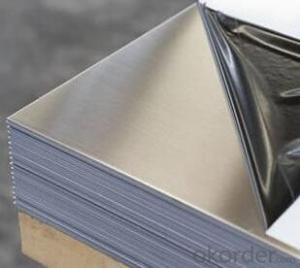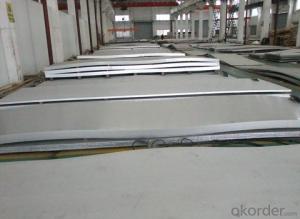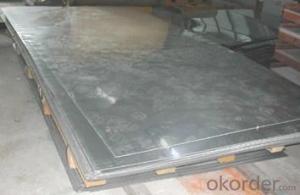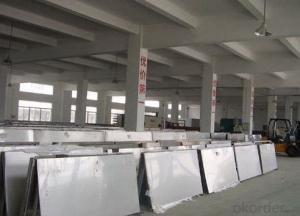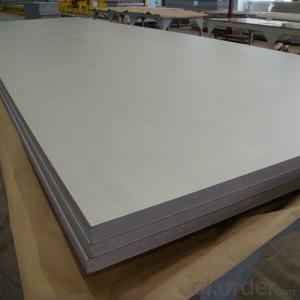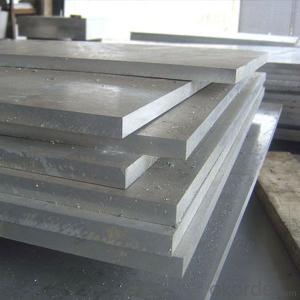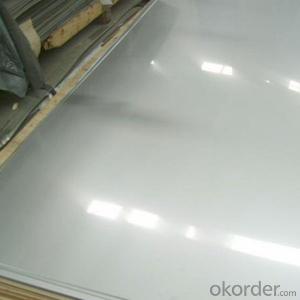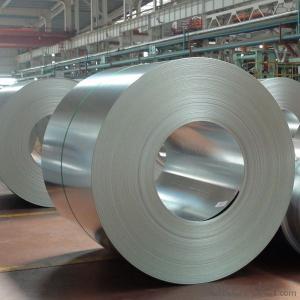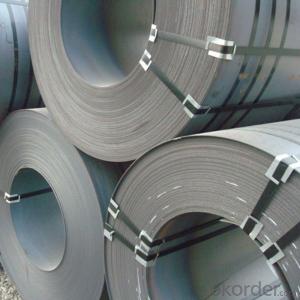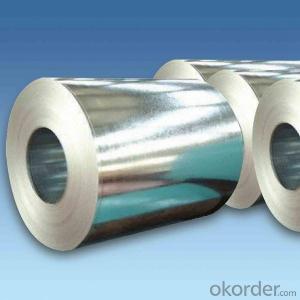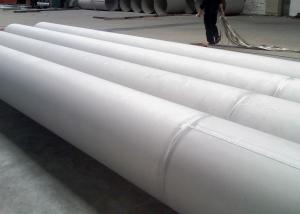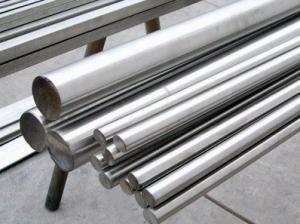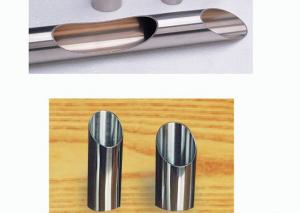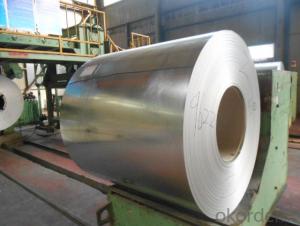Carbon Steel Plate Made In China Steel Sheets
- Loading Port:
- Tianjin
- Payment Terms:
- TT OR LC
- Min Order Qty:
- 50 m.t.
- Supply Capability:
- 20000 m.t./month
OKorder Service Pledge
OKorder Financial Service
You Might Also Like
Specification
DESCRIPTION FOR CARBON STEEL PLATE
Product | carbon steel plate price per ton |
Place of origin | Tianjin,China mainland |
MOQ | 25 tons |
Thickness | 1mm-200mm |
Width | 1000mm-3000mm |
Length | 1000mm-2000mm |
Application | widely |
Standard | AISI,ASTM,BS,DIN,JIS,GB,etc |
Grade | A572,A573,A633,A678,A709,A710,G3101,G3136,etc |
Tpye | Steel plate |
Surfacing | Coated |
Productive Technology | Hot Rolled & Cold Rolled |
Price | FOB USD 500-900 per ton |
Port | TIANJIN,SHANGHAI |
Payment Terms | L/C,T/T,Western Union,MoneyGram |
Product Ability | 1000 tons per month |
Delivery | 10 days after deposit or according to customers' quantity |
Packing | standard seaworthy export packing or as the request of customers |
PACKING:
1.Big thickness:by bulk vessel
2.Small thickness:packed by steel strips and shipped by container
3.According to the requirements of customers'
TRADE TERMS :FOB, CFR, CIF
DETAILED PICTURES FOR STEEL COILS
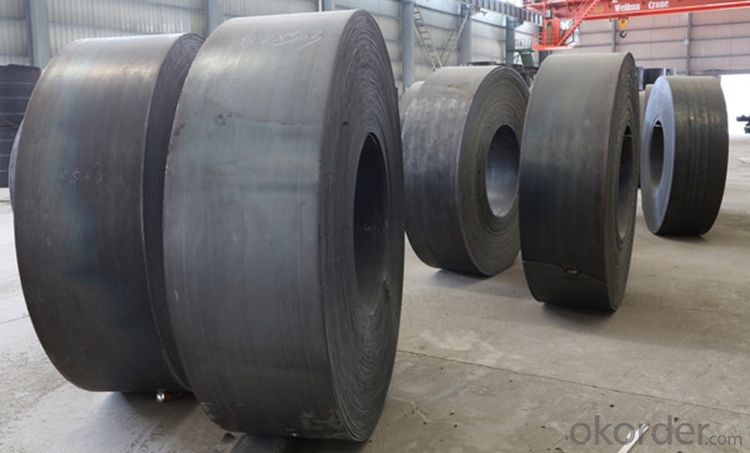
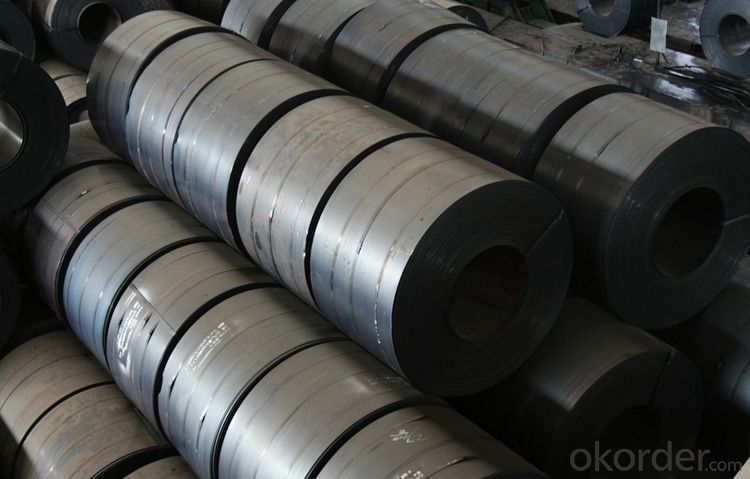
PACKAGING &DELIVERY FOR STEEL COILS/SHEETS
Packaging Detail Standard export packing or following customer's demand
Delivery Time: Within 30-40 days after deposit or according to the order quantity
OUR SERVICE
1.High quanlity and reasonable price.
2.Customized on-demand.
3.Reasonable shipping and fast delivery.
4.Free sample.
FAQ:
Q:You are Factory or Trading Company?
A:We are factory,our main products include Steel plate,Steel Bar,Steel coils.
- Q: Are stainless steel sheets suitable for architectural louvers or screens?
- Yes, stainless steel sheets are suitable for architectural louvers or screens. Stainless steel is a highly durable and corrosion-resistant material, making it ideal for outdoor applications such as louvers or screens. It can withstand harsh weather conditions, including rain, UV exposure, and temperature fluctuations, without losing its structural integrity or aesthetic appeal. Stainless steel also offers a sleek and modern appearance, which enhances the overall design of architectural louvers or screens. Additionally, stainless steel sheets can be easily customized to create various patterns, shapes, and sizes, allowing for flexibility in design and functionality. Overall, stainless steel sheets are a reliable and long-lasting choice for architectural louvers or screens.
- Q: What is the maximum temperature that stainless steel sheets can withstand?
- The grade of stainless steel used determines the maximum temperature that stainless steel sheets can endure. Typically, stainless steel is recognized for its exceptional resistance to heat and can endure temperatures between 1200°F and 1600°F (650°C and 870°C). Nevertheless, the precise temperature limit can differ based on the grade of stainless steel, the sheet's thickness, and the duration of exposure to elevated temperatures. To ascertain the maximum temperature tolerance for a particular stainless steel sheet, it is crucial to refer to the manufacturer's specifications or consult a materials engineer.
- Q: How do you prevent fingerprints on stainless steel sheets?
- To prevent fingerprints on stainless steel sheets, there are several steps you can take: 1. Clean the surface: Before taking any preventive measures, make sure to thoroughly clean the stainless steel sheets using a mild detergent or stainless steel cleaner. This will remove any existing fingerprints or smudges. 2. Use gloves: When handling stainless steel sheets, wear gloves to prevent transferring natural oils from your hands onto the surface. Opt for cotton or nitrile gloves, as they provide a good grip and won't leave behind residue. 3. Avoid touching directly: Try to minimize touching the stainless steel surface as much as possible. This can be achieved by using specialized tools or wearing gloves when handling and installing the sheets. 4. Apply a protective coating: There are various protective coatings available in the market specifically designed for stainless steel. These coatings create a barrier that repels fingerprints and makes cleaning easier. Follow the manufacturer's instructions for proper application. 5. Use microfiber cloth: When you need to clean the stainless steel sheets, use a soft microfiber cloth. Microfiber is gentle on the surface and helps prevent streaks and fingerprints. Avoid using abrasive materials or rough scrubbers that can damage the stainless steel finish. 6. Regular cleaning routine: Establish a regular cleaning routine to remove any fingerprints or smudges that may appear over time. Dilute a mild detergent in warm water and use a soft cloth or sponge to wipe down the stainless steel sheets. Rinse with clean water and dry thoroughly. By following these preventive measures and cleaning techniques, you can significantly reduce the appearance of fingerprints on stainless steel sheets and keep them looking clean and pristine.
- Q: How do you prevent warping of stainless steel sheets?
- To prevent warping of stainless steel sheets, there are several measures that can be taken: 1. Proper storage and handling: Stainless steel sheets should be stored in a clean and dry environment, away from any sources of moisture or excessive heat. It is important to handle the sheets with care, avoiding any unnecessary bending or pressure that could lead to warping. 2. Correct welding techniques: When welding stainless steel sheets, it is crucial to use the appropriate techniques and procedures. Proper heat control and weld placement can help minimize the risk of warping. Preheating the sheets before welding can also help prevent distortion. 3. Stress relieving: This process involves heating the stainless steel sheets to a specific temperature and then cooling them slowly. Stress relieving helps to eliminate residual stresses that could lead to warping. 4. Support during machining: When machining stainless steel sheets, it is important to provide proper support to prevent warping. This can be achieved by using clamps or fixtures to securely hold the sheets in place. 5. Minimize heat exposure: Excessive heat can cause stainless steel sheets to warp. Therefore, it is important to avoid prolonged exposure to high temperatures during processes such as cutting, grinding, or forming. Using coolants or lubricants during these processes can help dissipate heat and minimize the risk of warping. 6. Choosing the right grade and thickness: Selecting the appropriate grade and thickness of stainless steel sheets for a specific application is essential. Thicker sheets generally have more resistance to warping, while certain grades of stainless steel may be more prone to distortion. Consulting with a materials expert or engineer can help in selecting the right stainless steel sheets for a particular project. By implementing these preventive measures, the risk of warping stainless steel sheets can be significantly reduced, ensuring their integrity and longevity.
- Q: Can stainless steel sheets be used for heat recovery systems?
- Yes, stainless steel sheets can be used for heat recovery systems. Stainless steel is known for its excellent heat resistance and durability, making it an ideal material choice for heat recovery applications. Its corrosion resistance and ability to withstand high temperatures make it suitable for capturing and transferring heat efficiently in various heat recovery systems.
- Q: Can stainless steel sheets be used for restaurant equipment?
- Yes, stainless steel sheets can be used for restaurant equipment. Stainless steel is a common material choice for restaurant equipment due to its durability, corrosion resistance, and ease of cleaning. It is commonly used for countertops, sinks, shelving, and other kitchen appliances in restaurants.
- Q: Are stainless steel sheets suitable for nuclear power plants?
- Stainless steel sheets are well-suited for nuclear power plants due to their unique properties that make them ideal for such hazardous environments. Firstly, their exceptional corrosion resistance is crucial in plants with high levels of corrosive substances. Corrosion can compromise materials' structural integrity, leading to safety risks and potential failures. Therefore, stainless steel's resistance to corrosion ensures the longevity and reliability of equipment and structures in nuclear power plants. Secondly, stainless steel possesses high strength and toughness, enabling it to withstand extreme conditions like high temperatures and pressures found in these facilities. This strength and toughness allow stainless steel to endure the harsh environment and potential mechanical stresses that may arise during normal operations or accidents. Moreover, stainless steel exhibits excellent heat resistance, a critical characteristic in nuclear power plants where nuclear fission generates high temperatures. Stainless steel's ability to maintain its strength and structural integrity even at elevated temperatures makes it suitable for containing and handling radioactive materials and hot fluids. Additionally, stainless steel is easy to clean and maintain, which is vital in nuclear power plants where cleanliness and sterility are paramount. Regular cleaning and maintenance are necessary to prevent the accumulation of radioactive contaminants and ensure the safe and efficient operation of equipment and systems. In conclusion, stainless steel sheets are highly suitable for use in nuclear power plants due to their corrosion resistance, strength, toughness, heat resistance, and ease of maintenance. Their utilization ensures the safety, reliability, and durability of equipment and structures, thereby enhancing the overall efficiency and effectiveness of nuclear power plants.
- Q: How do you calculate the bending radius for stainless steel sheets?
- To calculate the bending radius for stainless steel sheets, you need to consider the material's thickness, tensile strength, and the desired level of bendability. The bending radius can be determined using formulas or tables specific to stainless steel, taking into account these factors to ensure the sheet does not crack or deform during bending.
- Q: What are the different types of stainless steel sheet finishes for automotive applications?
- There are several different types of stainless steel sheet finishes that are commonly used in automotive applications. These finishes are designed to provide both aesthetic appeal and functional benefits for the automotive industry. 1. No. 1 Finish: This is a hot-rolled, annealed, and pickled finish that is characterized by a rough, dull appearance. It is commonly used in non-decorative applications where corrosion resistance is the primary concern. 2. No. 2B Finish: This is a bright, cold-rolled finish that is commonly used for automotive trim and decorative applications. It has a smooth surface and a moderate level of reflectivity. 3. No. 3 Finish: This is a semi-polished finish that is achieved by using progressively finer abrasives. It has a moderate level of reflectivity and is commonly used for decorative applications where a shinier appearance is desired. 4. No. 4 Finish: This is a brushed finish that is achieved by polishing the stainless steel sheet with a fine-grit abrasive. It has a consistent, linear grain pattern and a moderate level of reflectivity. It is commonly used for decorative applications such as trim and accents. 5. No. 8 Mirror Finish: This is a highly polished finish that is achieved by buffing the stainless steel sheet with a series of abrasive compounds. It has a mirror-like appearance and is commonly used for decorative applications that require a high level of reflectivity. In addition to these standard finishes, there are also specialty finishes available for automotive applications, such as embossed, patterned, or textured finishes. These finishes can provide unique design elements and enhance the overall aesthetic appeal of the vehicle. Overall, the choice of stainless steel sheet finish for automotive applications depends on the specific requirements of the project, including factors such as corrosion resistance, durability, and desired appearance.
- Q: Can stainless steel sheets be used for elevator wall panels?
- Elevator wall panels can indeed be constructed using stainless steel sheets. The utilization of stainless steel as a material for elevator interiors is highly favored due to its robustness, cleanliness, and aesthetic attractiveness. It imparts a sleek and contemporary appearance that enhances the overall look of the elevator. Furthermore, stainless steel is resistant to corrosion, staining, and scratching, rendering it suitable for high-traffic areas such as elevators. Moreover, it is effortless to clean and maintain, guaranteeing that the elevator walls remain in optimal condition for an extended period. What's more, stainless steel sheets can be tailored to meet specific design requirements and preferences, offering a plethora of finishes, patterns, and colors that can harmonize with the building or elevator's design. Ultimately, stainless steel sheets prove to be a superb option for elevator wall panels.
Send your message to us
Carbon Steel Plate Made In China Steel Sheets
- Loading Port:
- Tianjin
- Payment Terms:
- TT OR LC
- Min Order Qty:
- 50 m.t.
- Supply Capability:
- 20000 m.t./month
OKorder Service Pledge
OKorder Financial Service
Similar products
Hot products
Hot Searches
Related keywords
